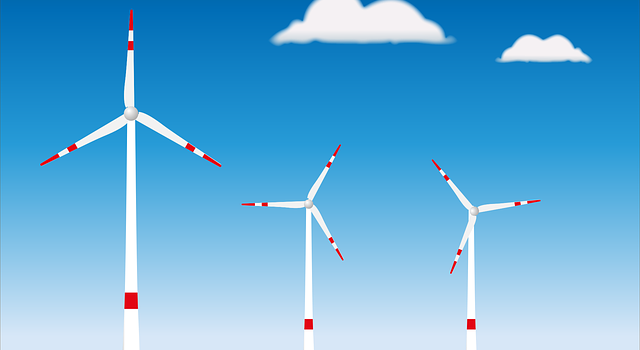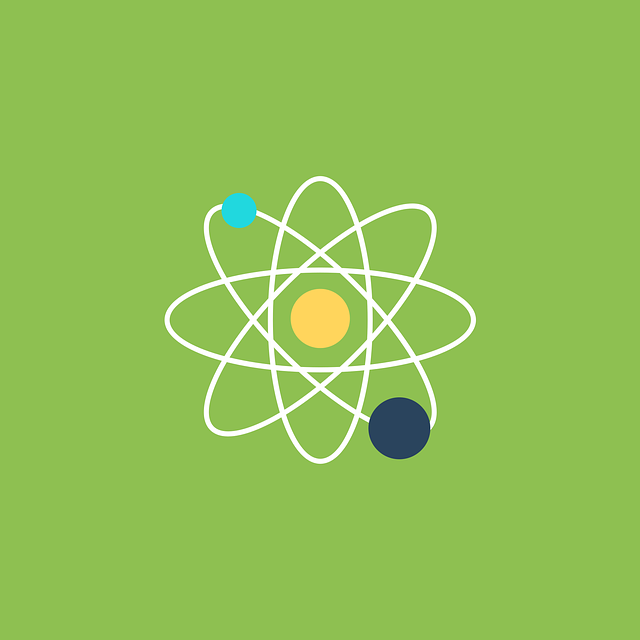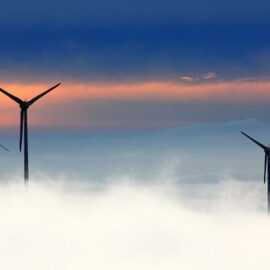
Wind power is the energy source that has grown the fastest in recent years – both in Sweden and Europe. In recent years, close to SEK 100 billion has been invested in new wind power in Sweden, although the pace has slowed somewhat.
The fact that investments and new construction of wind power have slowed down in Sweden is largely due to the market’s low electricity prices. As a producer, you simply don’t get paid enough to make the investment worthwhile.
In addition, there are many municipalities that say no to wind power, which creates great uncertainty for those actors who want to invest in wind power. Therefore, the government has launched an investigation into how to abolish the municipal veto regarding wind power.
The Swedes are positive about wind power
Although there is often local resistance to new wind turbines, the majority of Swedes are positive about the technology. According to a Sifo survey, 65 percent believe that it is a good proposal to “expand electricity production from wind power until the year 2040, so that it corresponds to more than half of the electricity use in Sweden”. 26 percent instead consider it a bad proposal.
How much wind power is produced in Sweden?
Wind power in Sweden is favorable, largely thanks to our long coast with strong winds. In 2019, 19.5 TWh of wind power was produced in Sweden, according to statistics from Swedish Wind Energy. One terawatt hour is 1,000 million kilowatt hours and 19.5 TWh corresponds to approximately 10 percent of all Swedish electricity production. At the end of 2019, there were over 4,000 wind turbines in Sweden.
How does wind power work?
A wind turbine converts the kinetic energy of the wind into electrical energy. This is done by transferring the power from the wind from the spinning blades of the wind turbines to a generator. That electricity can then be used for own use or delivered to the grid.
A wind turbine can start producing electricity when the wind is 4 meters per second. The best conditions are steady winds of around 12-14 meters per second. At wind strengths of over 25 meters per second, the vast majority of wind turbines are shut down for safety reasons.
Advantages of wind power
There are many advantages to wind power and the biggest is of course that it is 100 percent renewable electricity that is produced. Through wind power, we make use of one of nature’s forces to create electricity.
- Wind is an infinite and renewable source of energy.
- Wind power acts as a support to hydropower. When we have windy weather, we can rely more on wind turbines for electricity production.
- Wind power is competitive. After the initial cost of building the power plant, they have very low operating costs. This makes wind power one of the cheapest methods of producing renewable energy.
- Wind power has great potential for expansion in Sweden. The advantage of expanding wind power production is that when we have plenty of electricity in the Nordics, we can export the surplus to the rest of Europe. In order to improve the export of surpluses, extensions of cables between the countries are planned, which simplifies wind power production.
- Electricity prices are pushed down when it is very windy, something we have been proven several times on the electricity exchange in recent years.
Disadvantages of wind power
Wind power has a number of disadvantages, primarily bureaucratic. It is a long process to get permission to build wind turbines and it usually takes several years before everything is ready.
During the process, the conditions for wind power are mapped and investigated within, for example, geology and biology. This is because we want the wind turbines to be set up in places where they provide the most electricity and have the least impact on the surroundings. You can read more about permits for wind power on Vindlov’s website.



